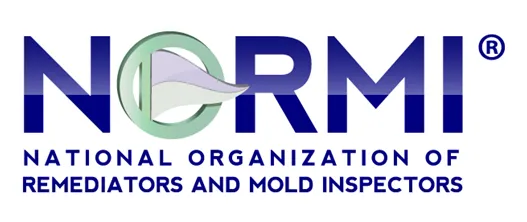
Breathing Easy at Home: Understanding and Mitigating Sources of Indoor Air Quality Contaminants
Indoor Air Quality (IAQ) refers to the air quality within and around buildings, especially as it relates to the health and comfort of building occupants. Understanding and controlling common pollutants indoors can help reduce the risk of indoor health concerns. The sources of indoor air quality contaminants in the home are varied and can include both external and internal factors. Let's explore these sources in detail.
1. Biological Contaminants
Biological contaminants are one of the most common sources of poor IAQ. These include:
Mold and Mildew: Thriving in damp, humid conditions, they release spores that can be inhaled or come into contact with the skin.
Pet Dander and Hair: Pets shed dander and hair, which can trigger allergies and asthma.
Dust Mites: These tiny creatures thrive in bedding, upholstered furniture, and carpets.
Pollen: Coming from plants, it can enter homes through open windows, doors, and on clothing.
Bacteria and Viruses: These can circulate through the air, especially in crowded or poorly ventilated spaces.
2. Chemical Contaminants
Chemical pollutants are another major category:
Volatile Organic Compounds (VOCs): Emitted as gases from certain solids or liquids, VOCs are found in a wide array of household products like paints, varnishes, cleaning supplies, and air fresheners.
Formaldehyde: Found in pressed-wood products, building materials, and even some fabrics.
Carbon Monoxide (CO) and Nitrogen Dioxide (NO2): These gases can come from burning fuels like gas, wood, kerosene, coal, and oil.
Pesticides: Used in and around the home to control pests.
3. Combustion Products
Incomplete combustion in heating appliances can lead to IAQ problems:
Smoke: From tobacco products or fireplaces, smoke contains a mixture of harmful gases and particles.
Soot: Produced from the incomplete burning of fossil fuels.
4. Building Materials and Furnishings
The very materials and objects in homes can be sources:
Asbestos: Found in older homes' insulation materials, floor tiles, and other products.
Lead: Present in older paints and plumbing materials.
Radon: A naturally occurring radioactive gas that can enter homes through cracks in floors and walls.
5. Outdoor Air Pollution
The outdoor air can influence indoor air quality:
Pollen and Microbial Contaminants: Can enter homes through open windows and doors.
Industrial and Vehicle Emissions: Particulate matter and gases from factories and vehicles can infiltrate indoors.
6. Occupant Activities
Human activities can also impact IAQ:
Cooking and Heating: Burning gas and using unvented space heaters can release pollutants.
Cleaning and Maintenance: Chemicals from cleaning agents, pesticides, and DIY projects.
Hobbies: Activities like painting, woodworking, or craft projects that use glues and solvents.
Prevention and Control Measures
Improving IAQ involves several strategies:
Ventilation: Increase the amount of outdoor air coming indoors.
Humidity Control: Keep humidity levels in check to prevent mold growth.
Regular Cleaning: Dust and vacuum regularly to reduce particles.
Pest Management: Control pests using safe and effective methods.
Avoid Smoking Indoors: Ensure a smoke-free environment.
Safe Storage of Chemicals: Store household chemicals away from living areas.
Regular Maintenance of HVAC Systems: Ensure heating, ventilation, and air conditioning systems are properly maintained.
Conclusion
The quality of indoor air in our homes is affected by a myriad of sources. Being aware of these sources and taking proactive steps to mitigate them can significantly improve the health and well-being of occupants. Regular maintenance, proper ventilation, and conscious choices in household products are key to maintaining good IAQ.






